Congratulations on purchasing your new OneSails IFS Cable-less furling sail. These sails have been designed and built to the highest standards to ensure ease of use and exceptional performance. There are some key points that will make the use of your new sail pleasurable, so be sure to peruse this document carefully to ensure you get the most from your new sail.
You will notice that your new IFS is stored in a custom bag with a zip. The long bag makes handling the sail much easier in getting in and out of the companion way and hatches. It also lends itself to the most efficient way of preparing the sail for use and also packing it away.

Upon undoing the ties and unzipping the bag you will see the sail is furled up and ‘snaked’ into the bag. The three corners are defined by the Head Swivel (head), Furling Drum (tack) and the Clew Leash (clew).
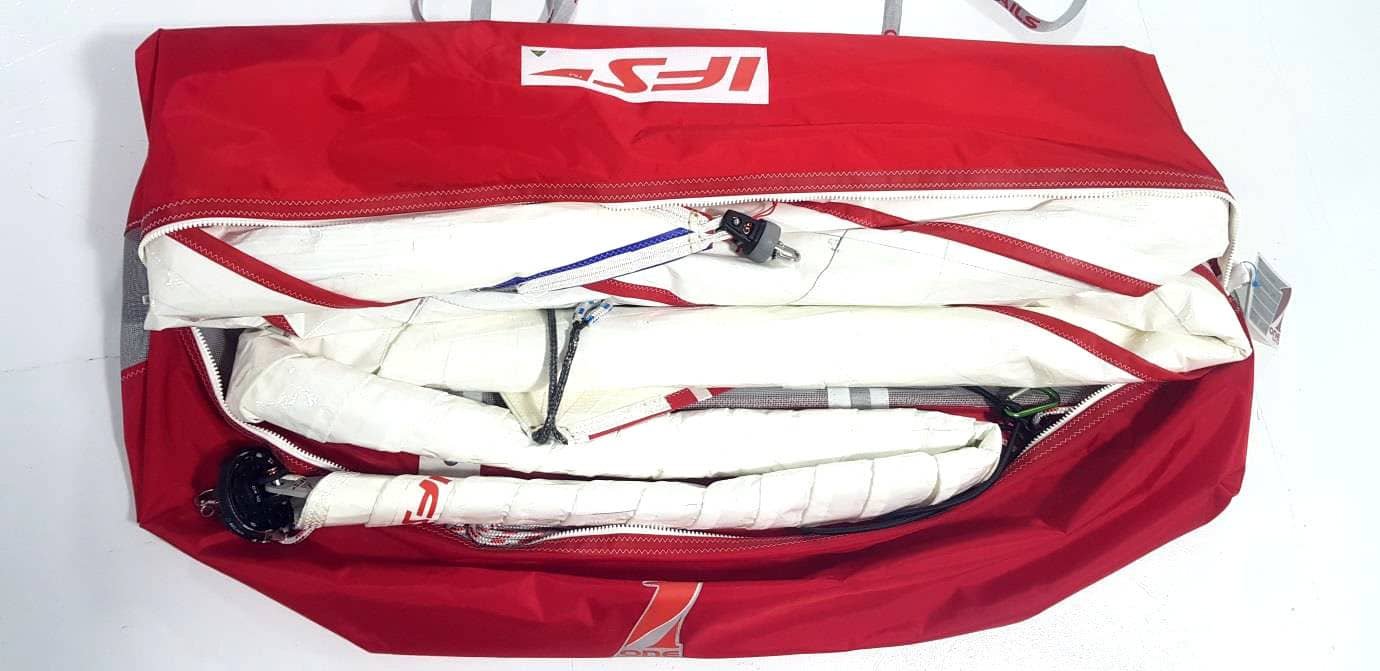
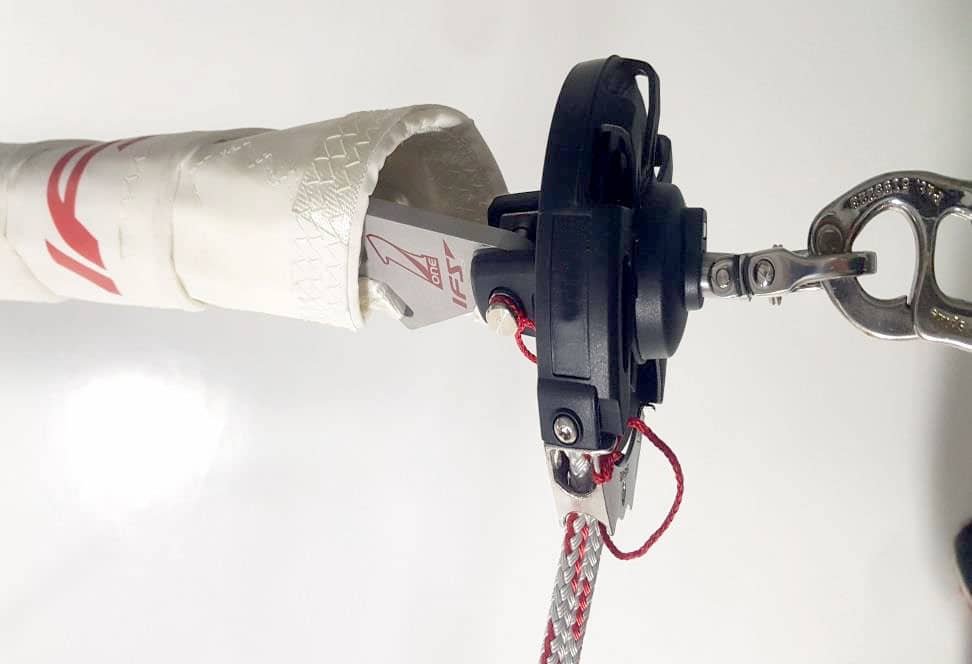
The endless furling line is fitted onto the furling drum. The fairlead and elastic system with Caribbean Hook at the end of the endless furling line is what keeps the system taught and tangle free. This is important in keeping the sail easy to deploy and furl up.

You will notice the furling line is packed in a ‘daisy chain’ which helps neatly store the length of the system. The daisy chain isn’t a knot – it will simply pull out as it loops onto itself, and is very quick and easy to re-do when packing the sail away.
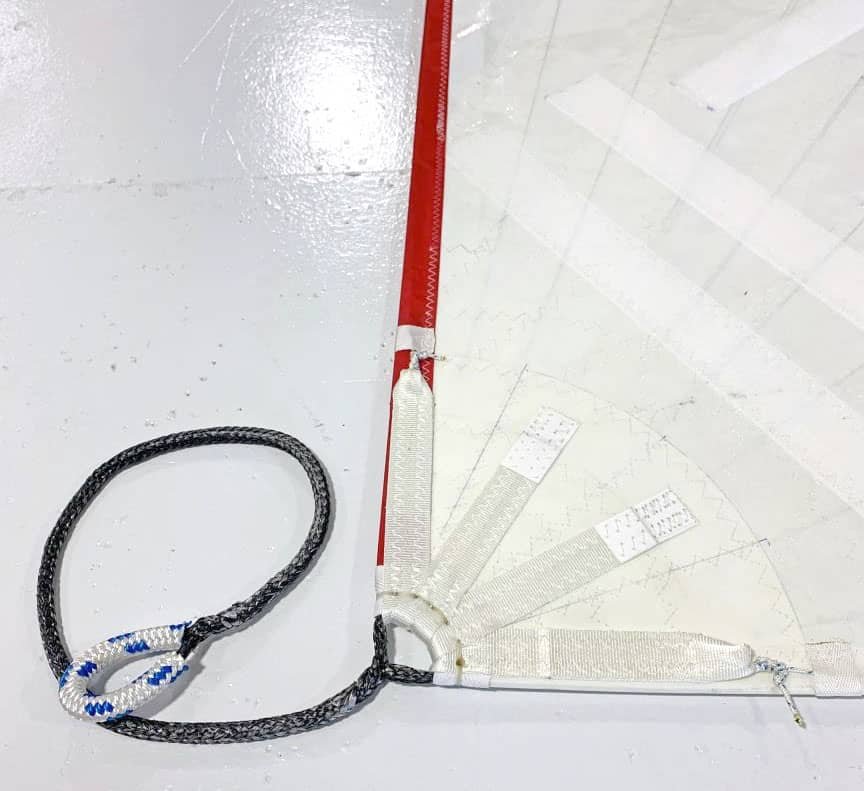
There are Velcro ‘catchers’ built into the clew of the sail. These close the sail when the furl is completed. It doesn’t matter which way you furl the sail up (clock / anti-clock wise) as they are fitted to both sides. However if you furl it the same direction each time it will be easier to furl in the future as the corners develop memory. The clew leash is ready to receive your spinnaker sheets. It is important to use the leash as it allows you to easily disconnect your spinnaker sheets after use when the sail is furled up. There is no problem with furling your sail so that the leash winds around your furled sail.
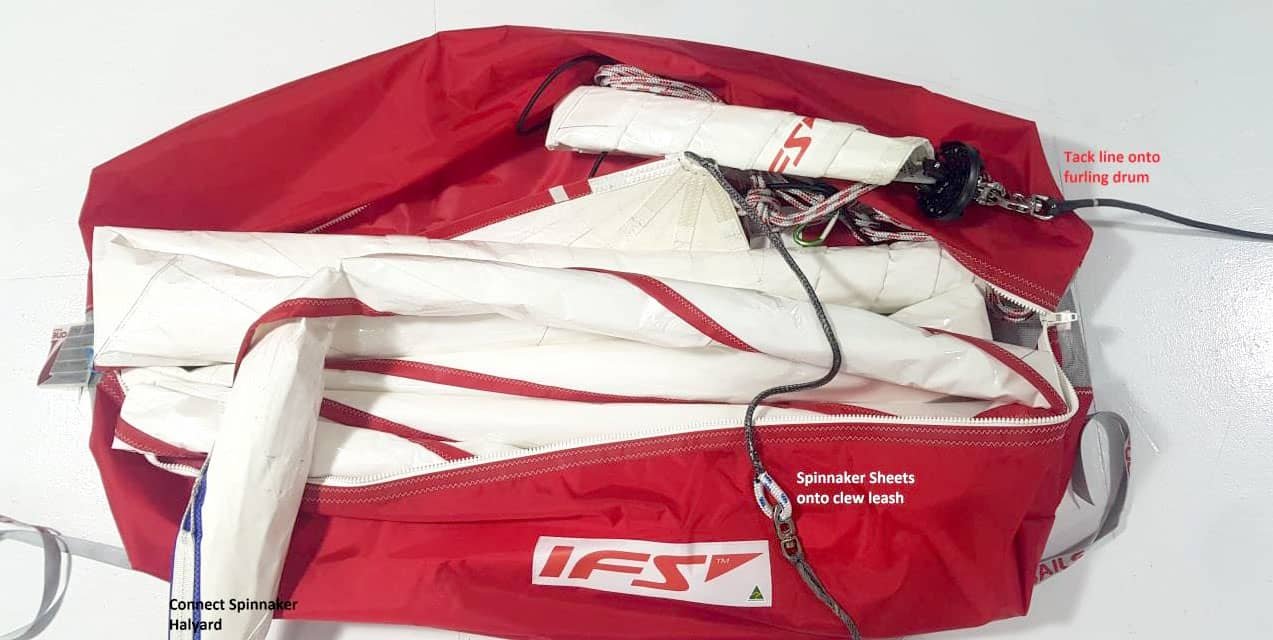
Connect all 3 corners of the sail to your running rigging:
Next

The IFS set up with the luff tight and the endless furling line ready to go. The luff must have firm tension setting for furling and deployment.
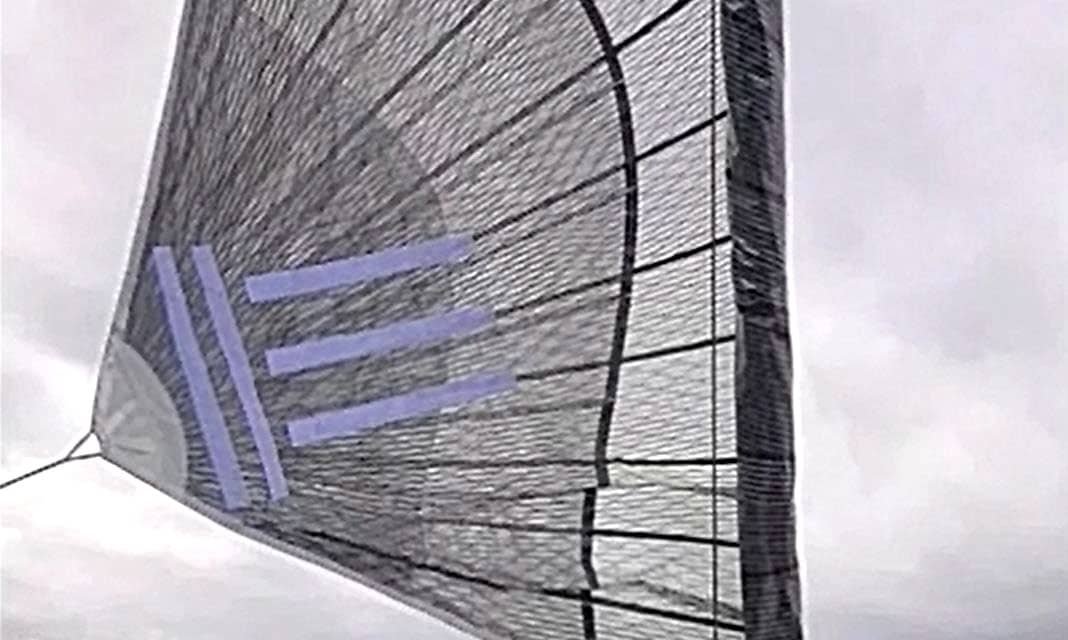
Deploying the sail is as simple as pulling on the spinnaker sheet so the velcro on the clew release, and the sail will deploy. In winds less than 10 knots you can deploy the sail by pulling the sheet on with the True Wind Angle (TWA) at 90 degrees.
In winds over 10 knots it is strongly recommended to deploy at TWA greater than 120 degrees.
There are many different models of IFS sails of which the designs are optimized for different purposes. For specific information you should consult your OneSails representative for how to get the most from your sail. As a general guide with all IFS sails:
When reaching or even sailing tight angles in light wind the sail is used like a code zero type sail – keep the luff tension tight for optimum performance. In tight reaching mode in light winds the mainsail will need to be on or above centreline with the traveller
When the TWA is 090 or greater either the halyard or tack can be relaxed a little so the sail assumes a better flying shape and the luff can project forwards
When used for deeper running you can ease the halyard down or the tack up and this will allow the luff to “fly” and with the sheet eased you be able to achieve lower angles.
Remember – tighten the halyard before you furl the sail back up!
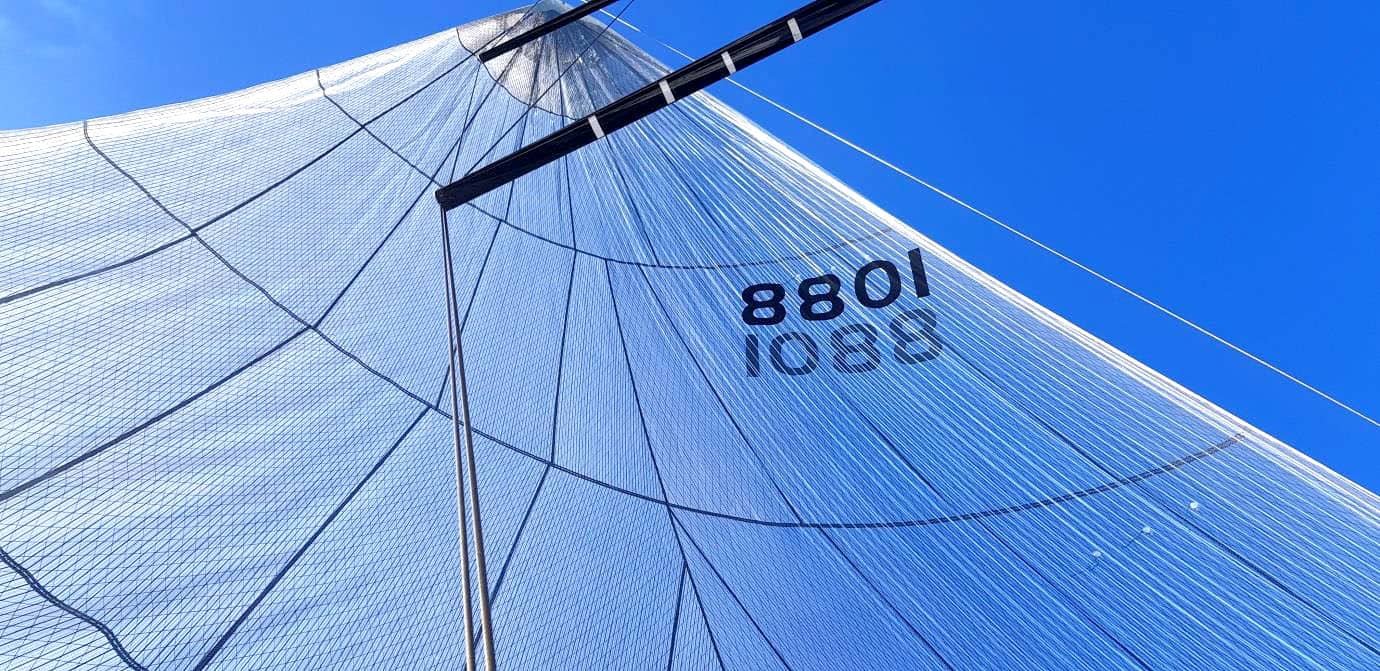
Luff tight – perfect setting for reaching (all IFS models) and upwind (Code Zero models) light winds....and necessary for furling and deploying.
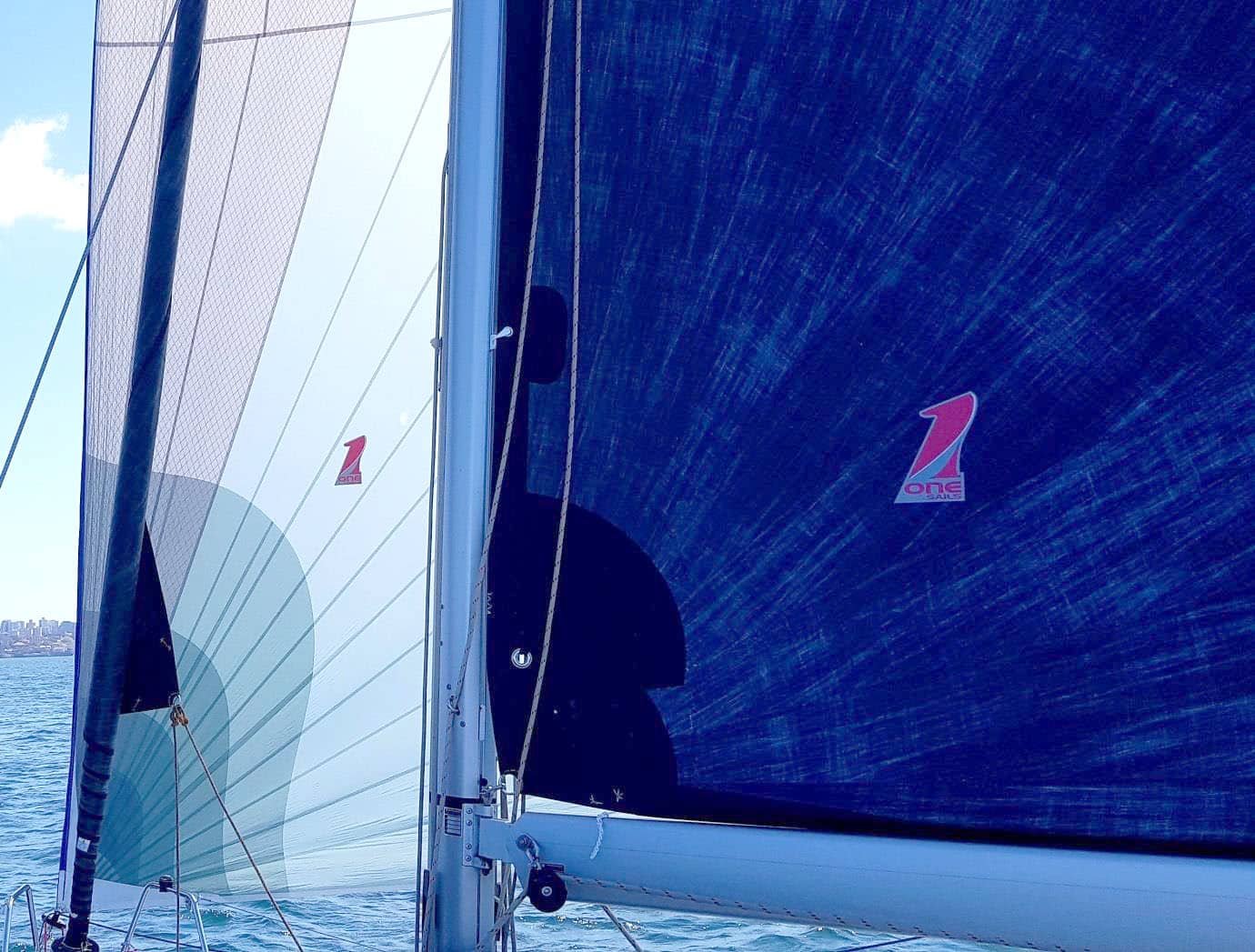
With the tack (or halyard) eased the sail will fly and project forwards for better running performance.
Rig the Spinnaker for outside Gybes (spinnaker sheet goes all the way around the outside of the sprit) or bow attachment. As the boat bears away ease the sheet continually so at the boat is dead downwind the clew of the spinnaker forwards of the bowsprit and the lazy sheet is being simultaneously pulled on. This is important as it will prevent the lazy sheet from going under the bow.
Hold the boat deep to allow the new sheet to be taken on and start the rotation of the sail to the new tack. Then bring the bow up slowly while trimming to suit.
The reason for the outside gybe is it is very low risk and so long as the sheet gets well eased before the gybe the sail can never back fill, which is the cause of mid gybe broaching in stronger winds.
This is the single most important thing to get right….a bad furl will make a messy deploy the next time you use the sail. A bad furl can even result in the sail becoming unfurled half way through your next hoist. Most importantly – ALLOW ENOUGH TIME TO GET A REALLY GOOD FURL!
A rushed furl almost always results in an imperfect furl.
IFS sails should not be left hoisted when they are furled where the apparent wind speed is greater than 12 knots as it may unfurl.
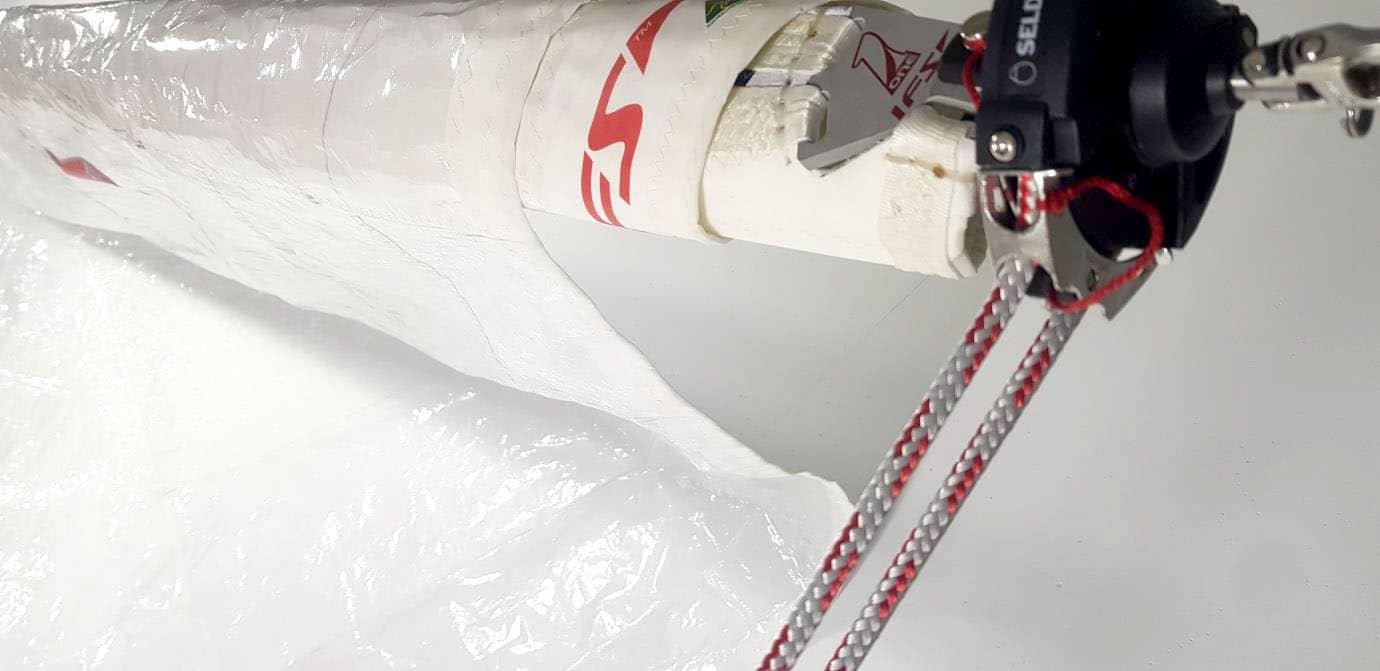
Starting the furl – simply pull on the endless furling line.
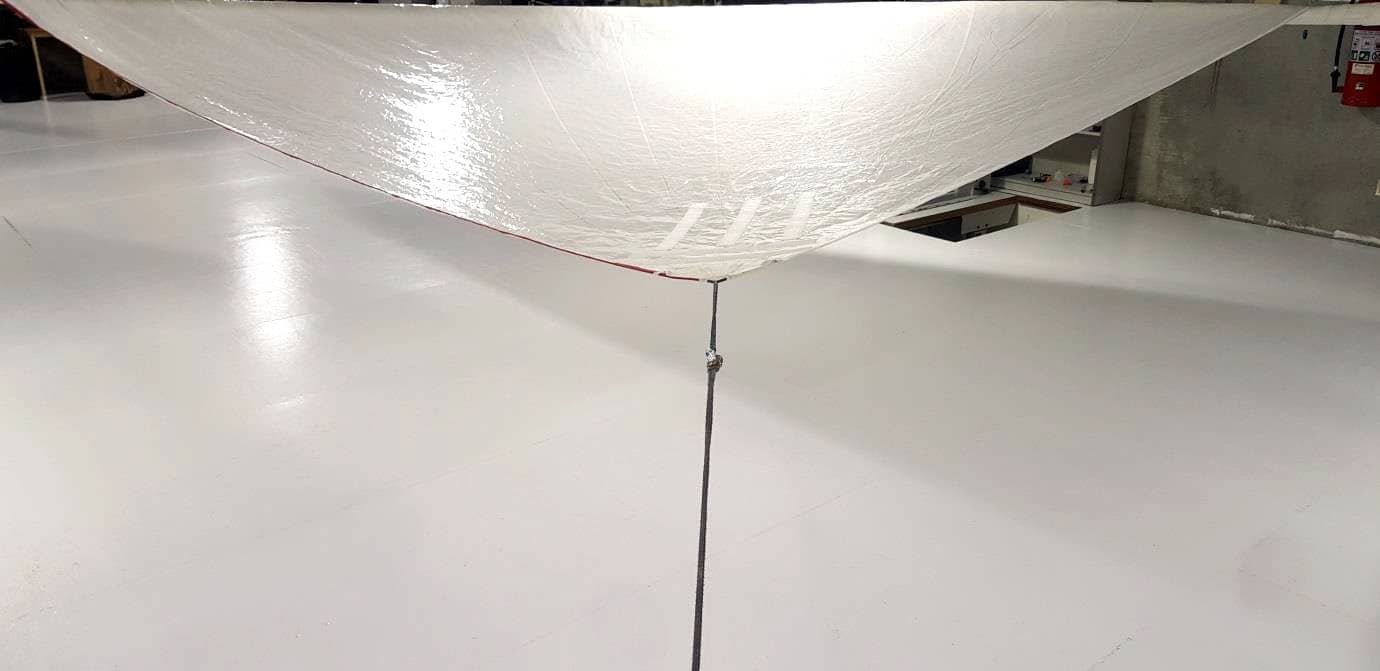
Controlling the furl – keep a slight tension on the sheet so the leech furls tight.
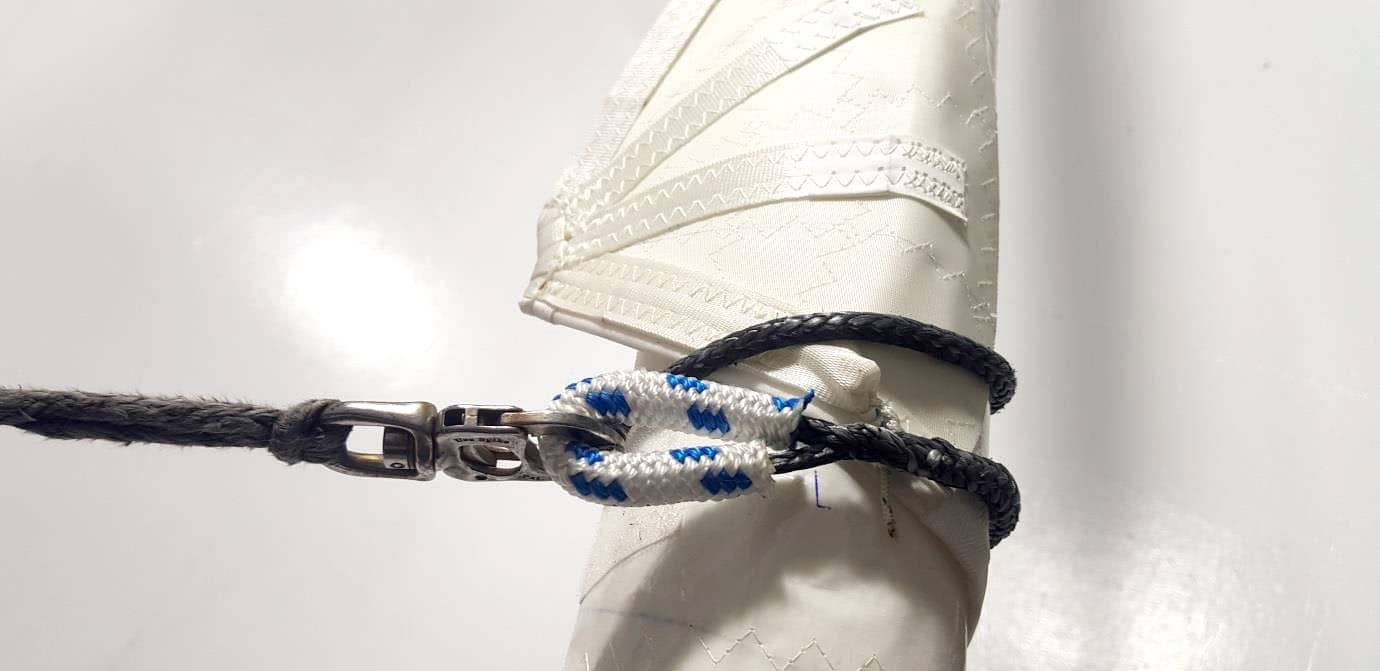
Finishing the furl – the clew Velcro will capture the furl. It is ok for the leash to go around a few times
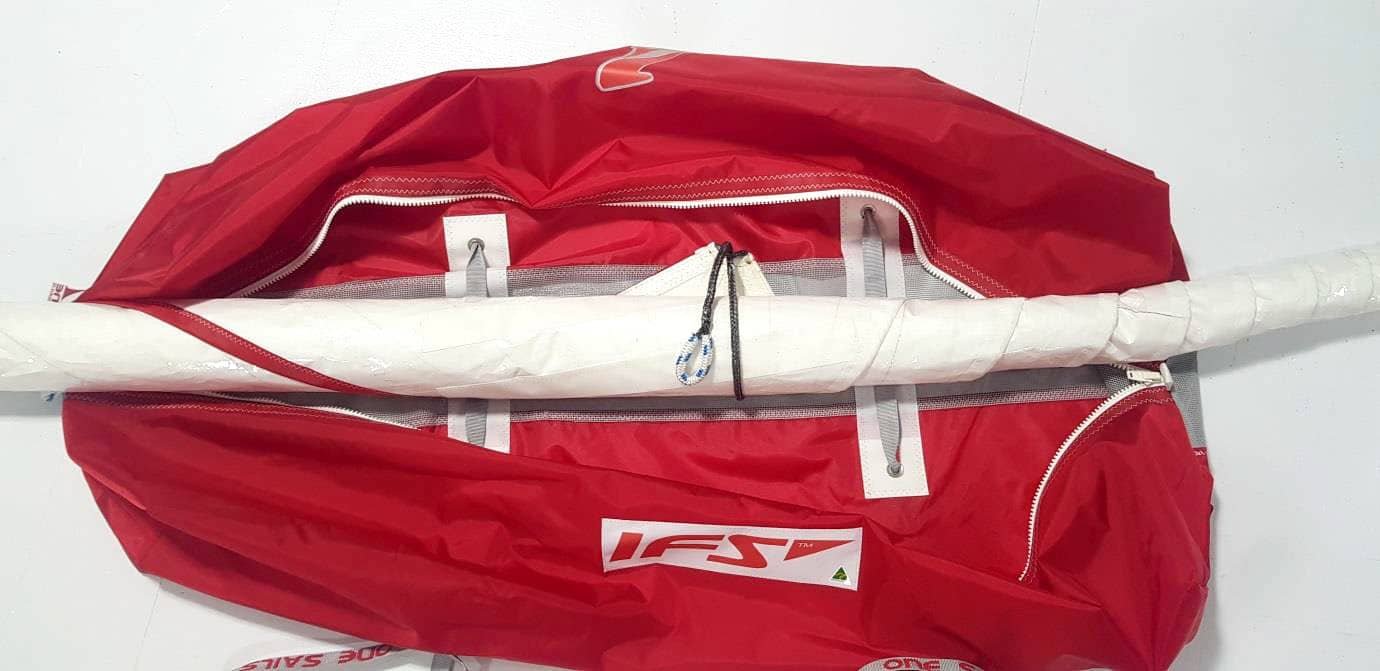
On lowering the sail – locate the clew in center of the bag as the halyard is lowered
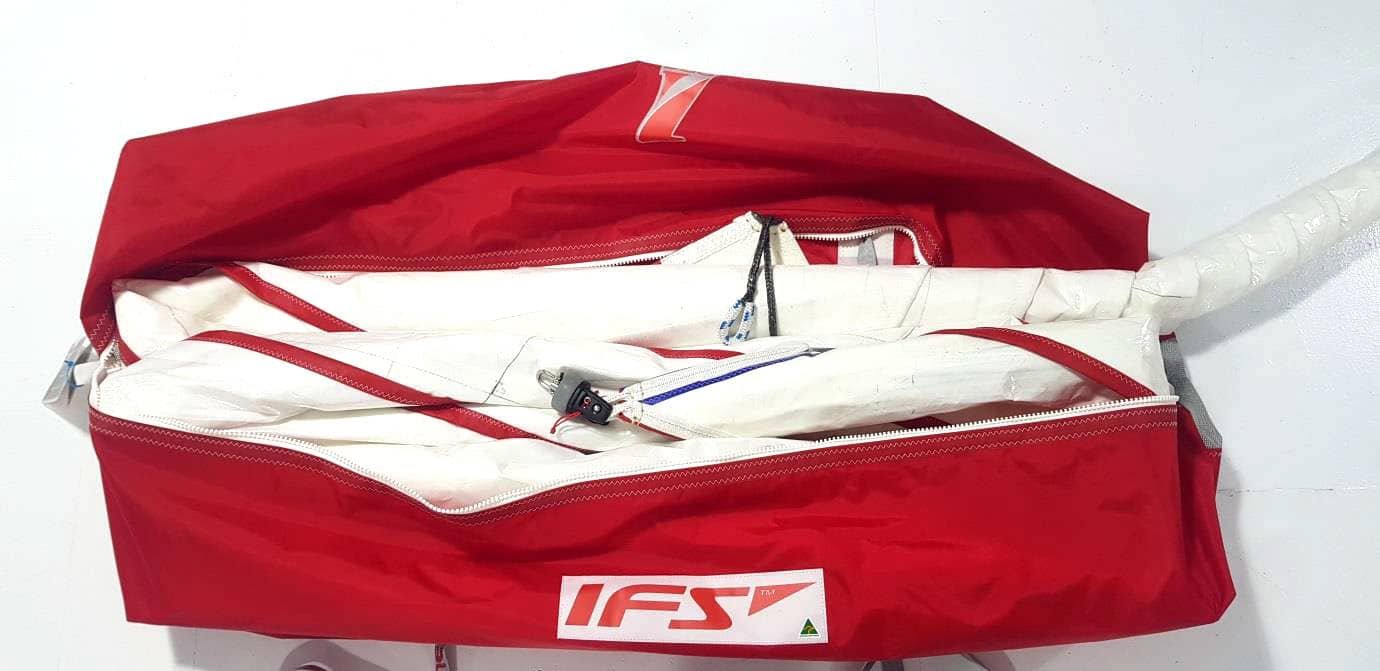
On lowering the sail – snake the top of the sail in one half of the bag then disconnect the head
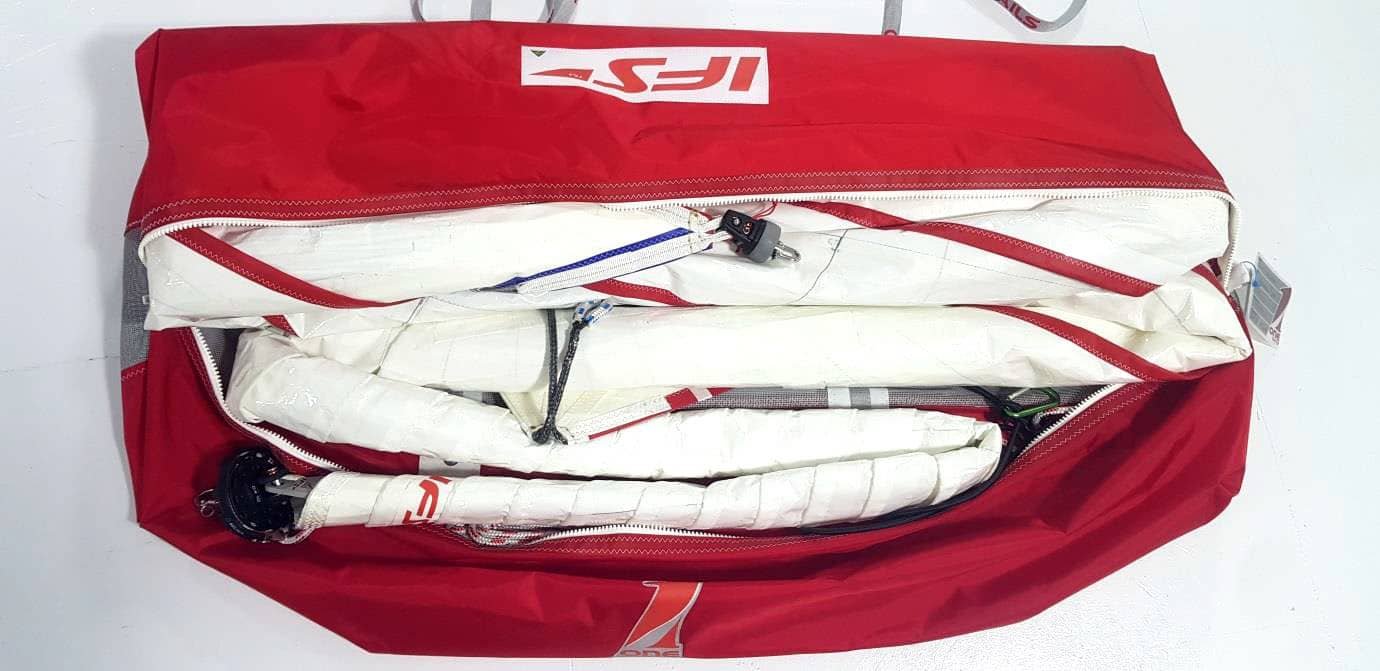
When lowered – release the tack and snake this part of the sail on the other side of the bag. Now you have all 3 corners neatly stowed ready for the next use!
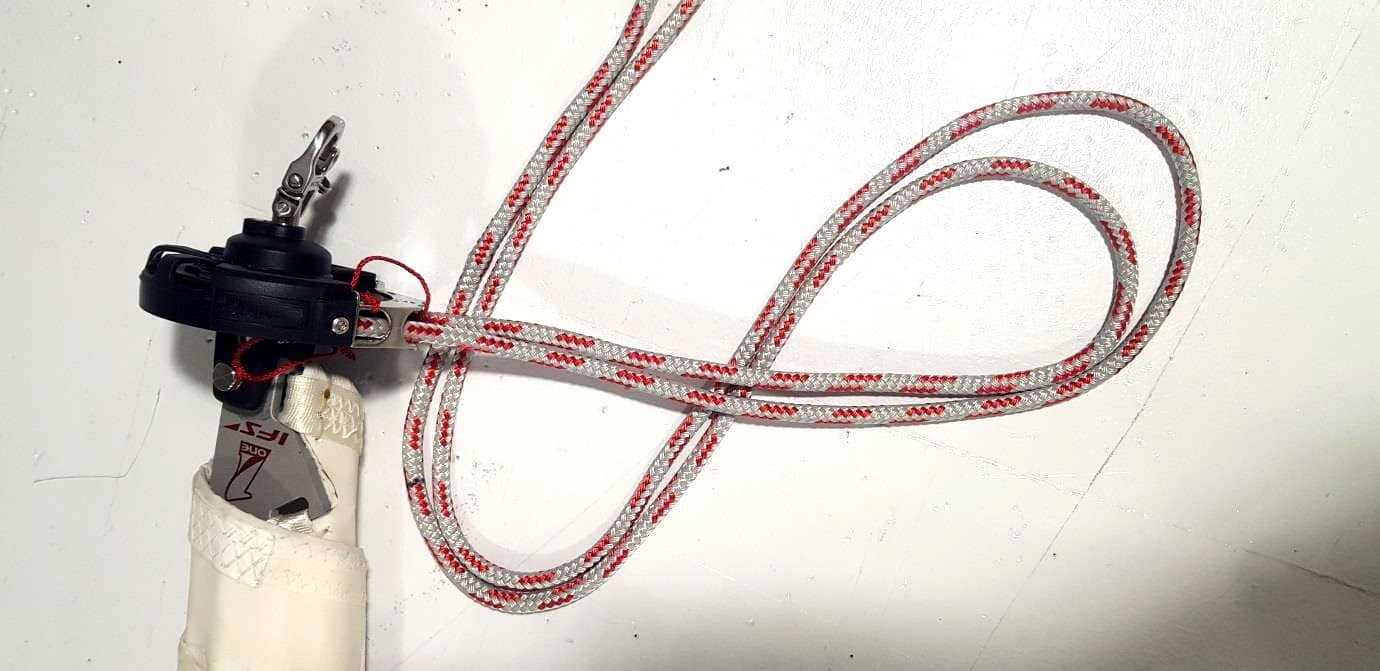
To start the ‘daisy chain’ begin the first loop close to the furler
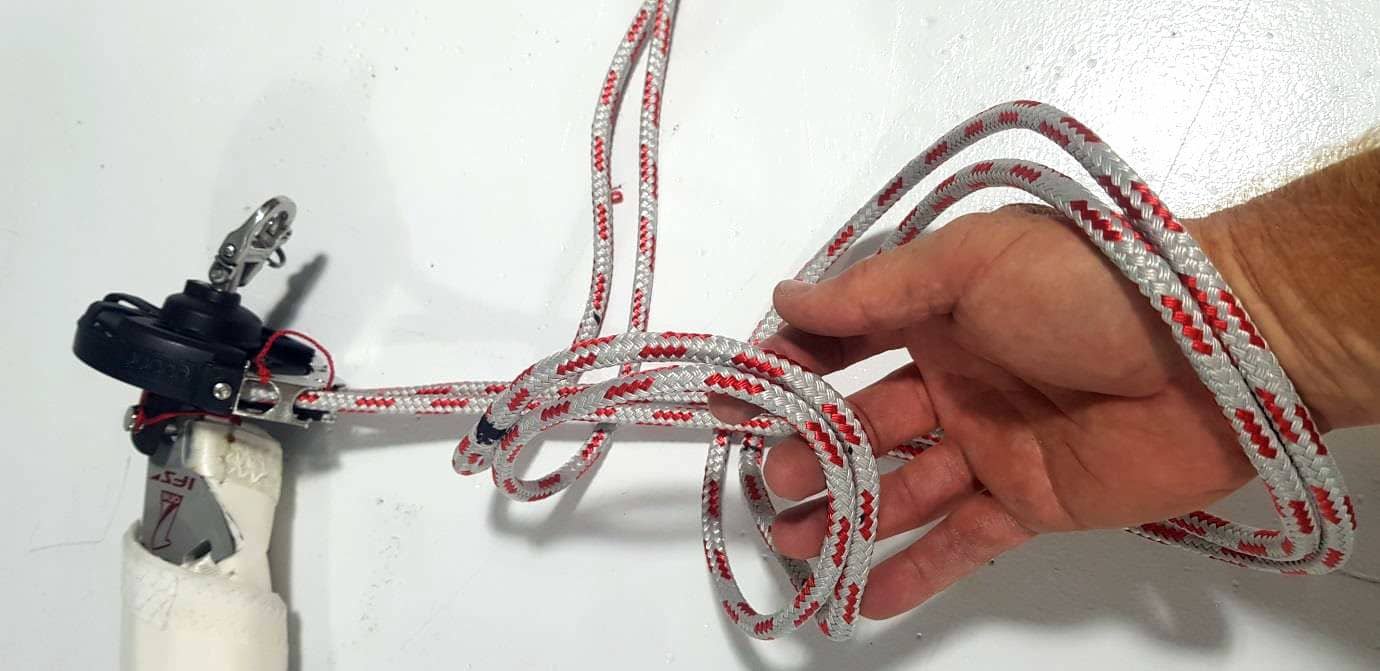
Pass the tail through the loop and pull
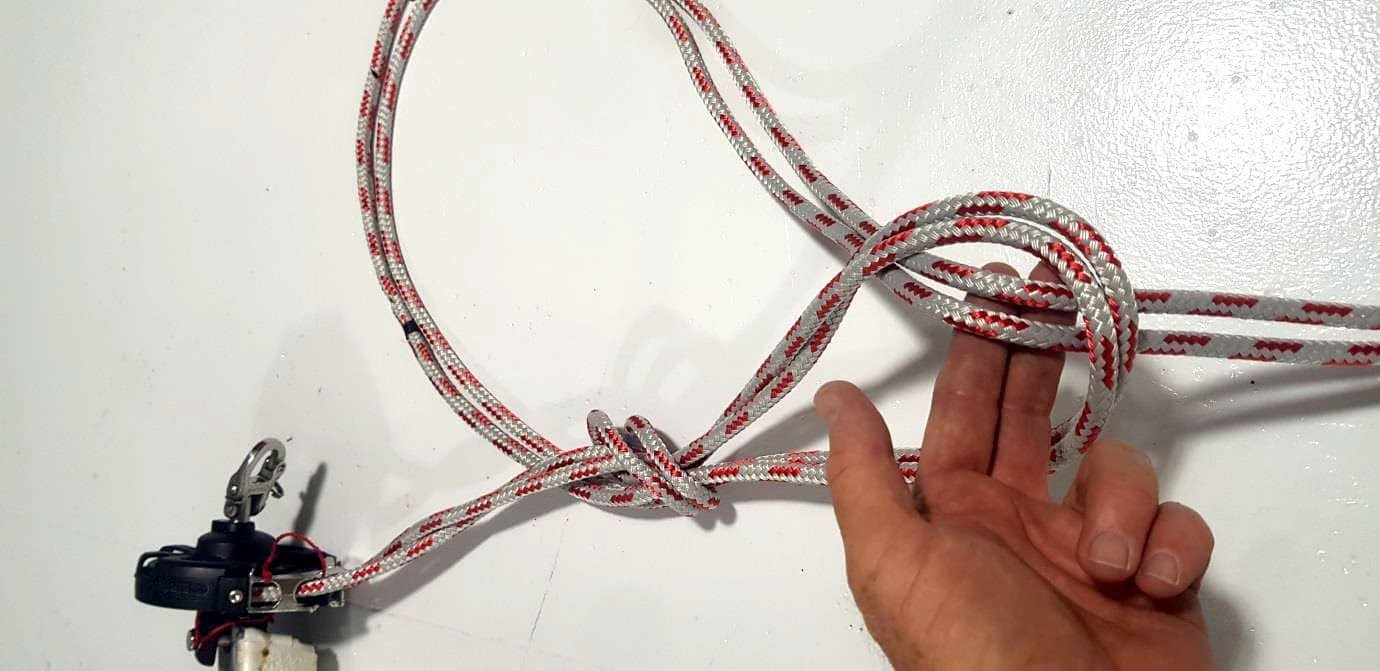
Again grab the tail and past though each loop that is created
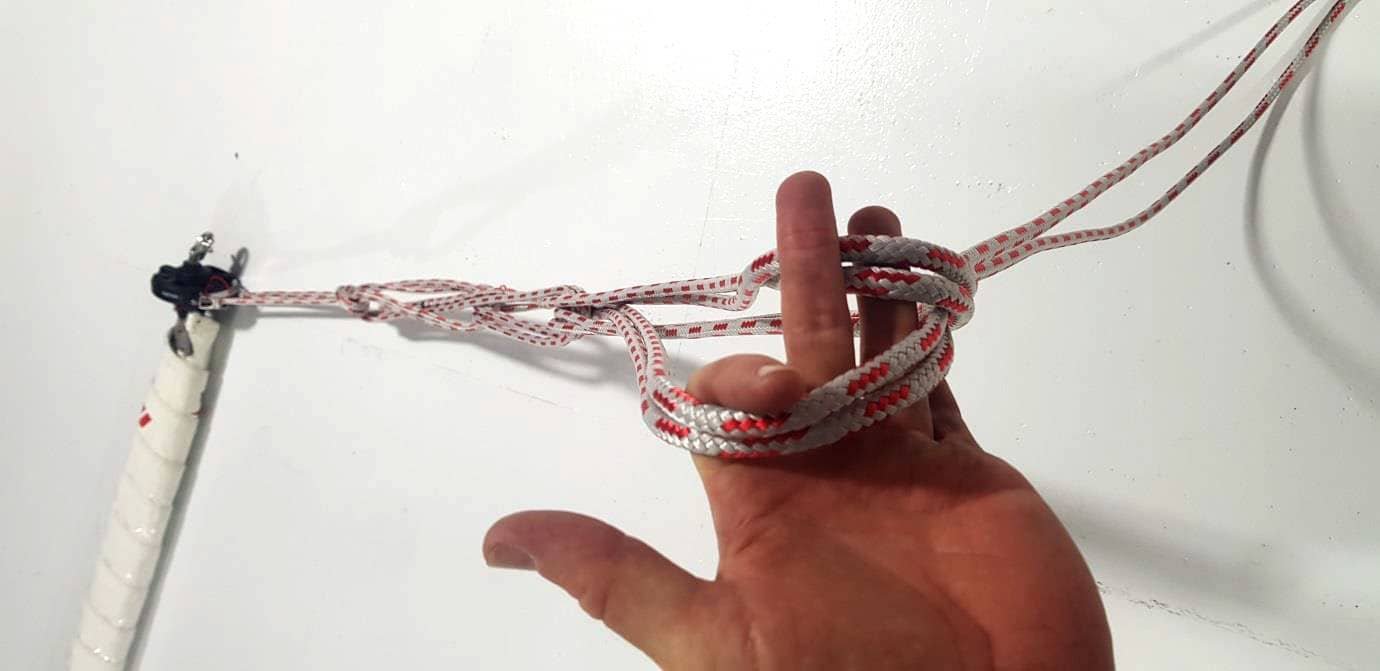
Repeat until you reach the end of the furling line
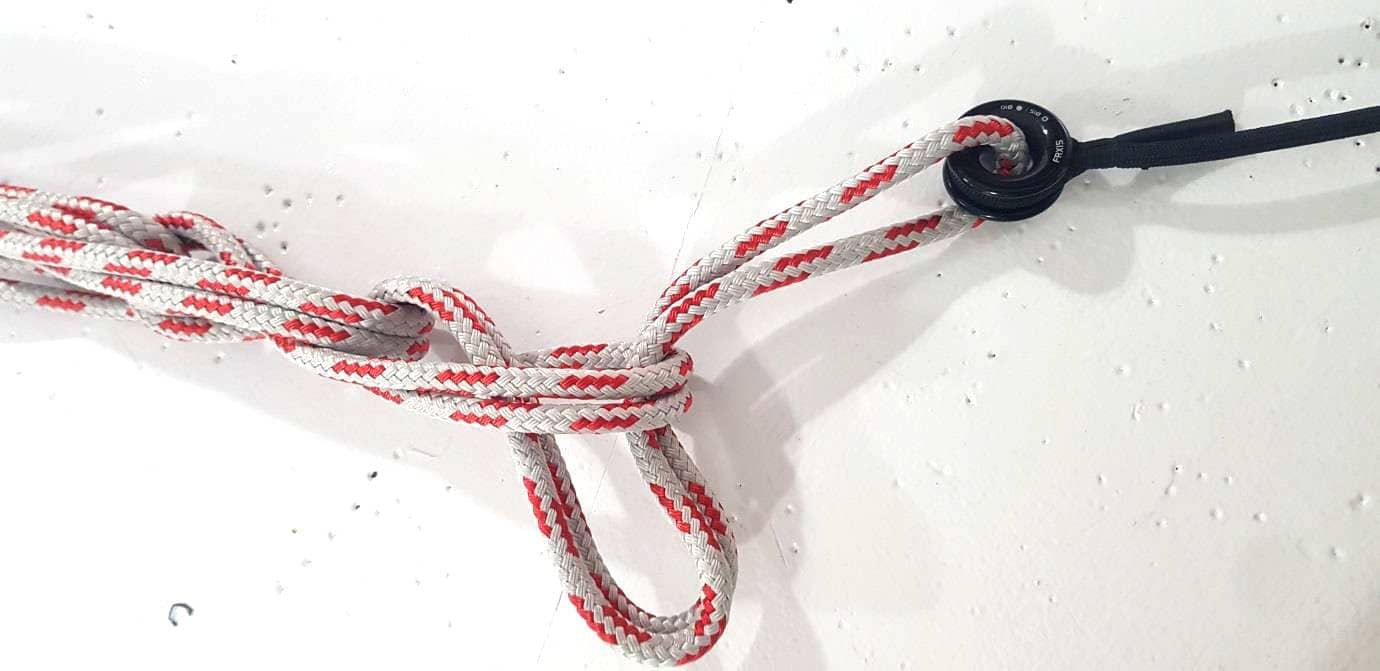
When you reach the end of the line, chock the knot by pushing down against the final loop.
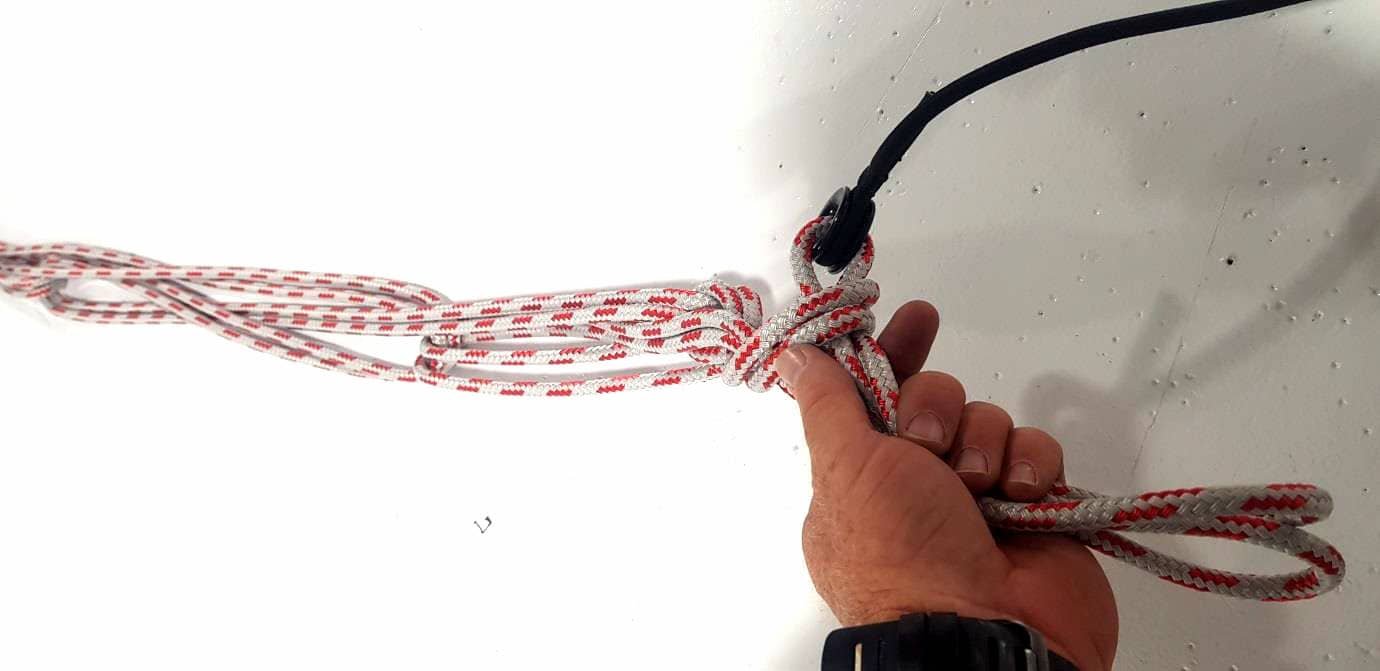
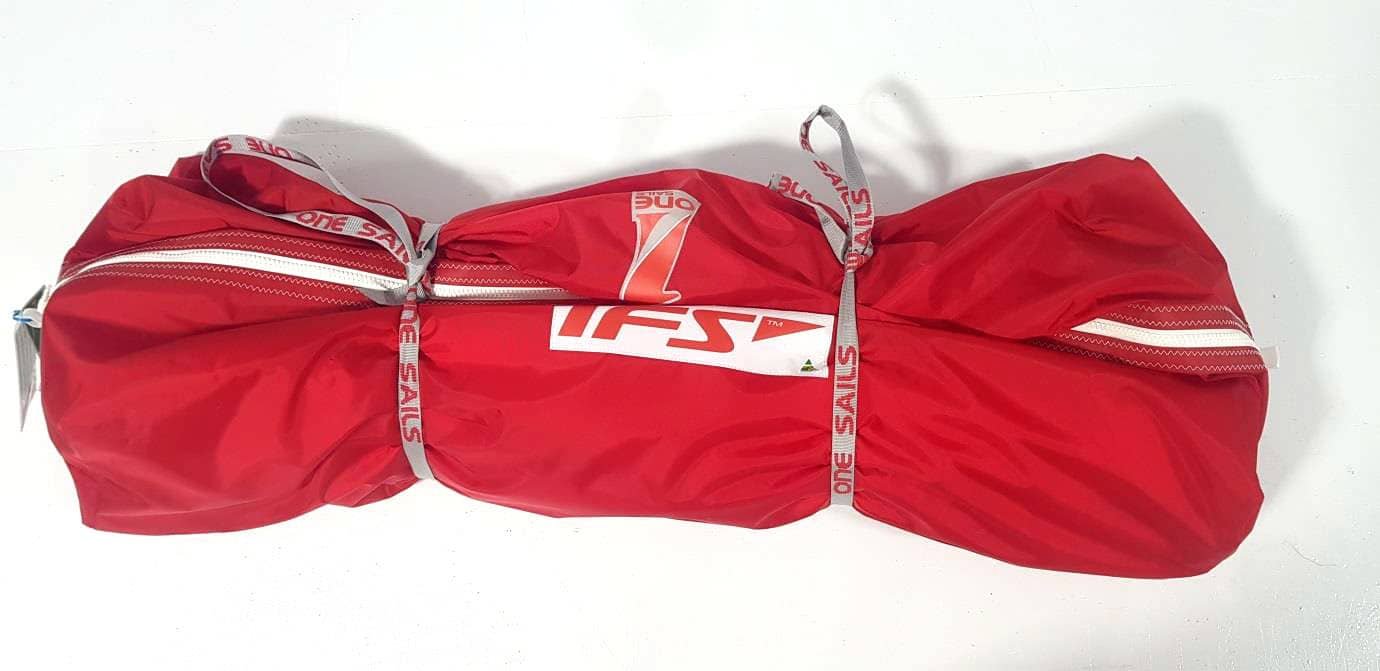
When complete, zip the bag up and tighten the webbing straps so the sail is contained firmly in the bag. This will ensure the furl stays tight for the next time it is used
N.B. Not all the fittings and accessories depicted in this guide could be part of the standard dotation of the sail.
Signup our newsletter to get updates, information, news, insight or promotions: